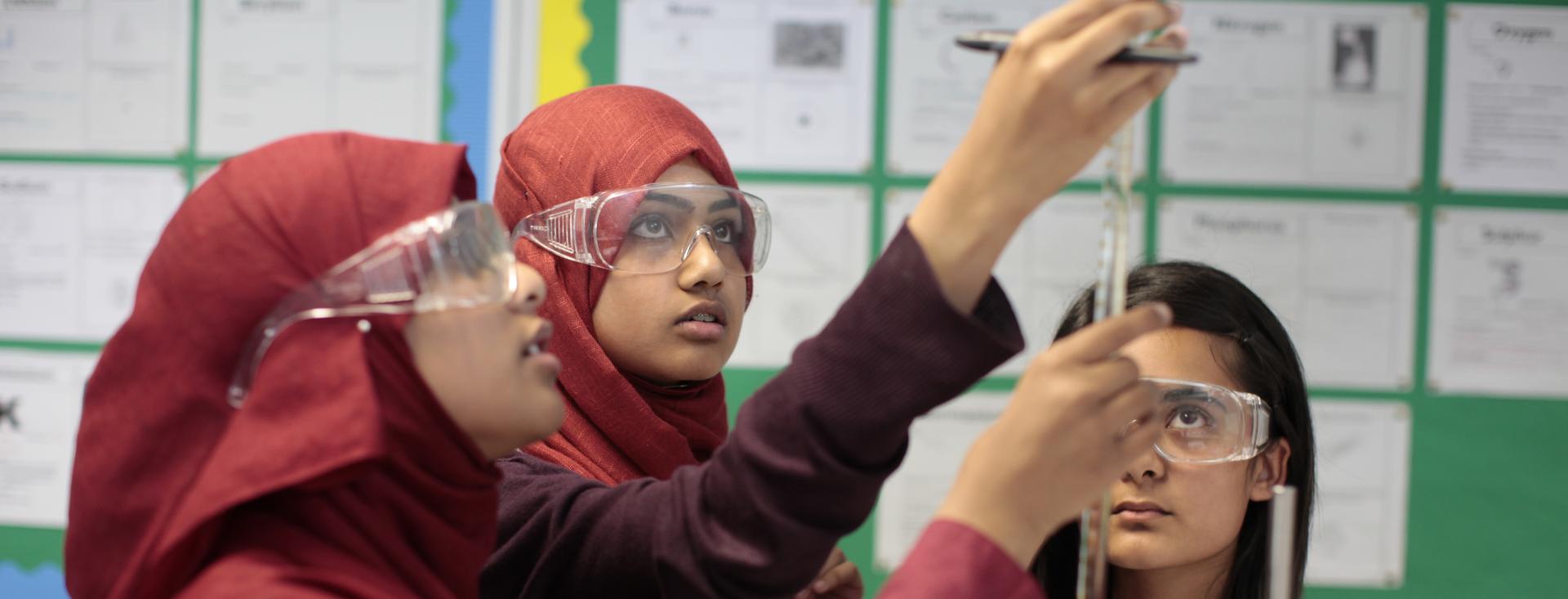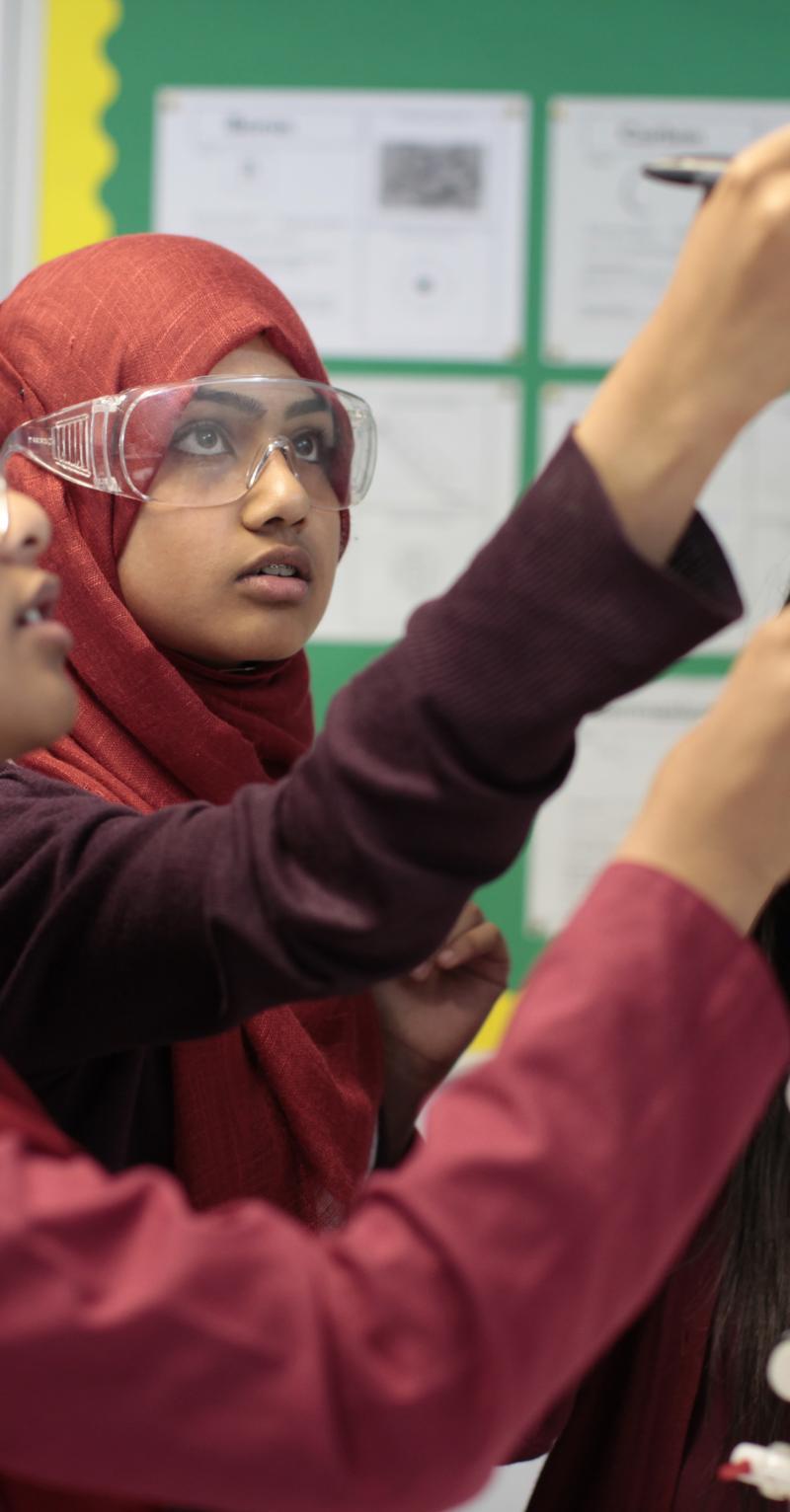Resources
Everyone has a role to play in supporting girls to become empowered, access education for better life outcomes, and thrive. Teach For All is committed to supporting the global network to identify and address the barriers that keep girls from learning and fulfilling their potential through our Girls’ Education initiative. Learn more about gender equity, the issues facing girls around the world, and more in this curated library of resources:
Girls' Education
Facing the Facts: The Case for Comprehensive Sexuality Education
This policy paper discusses how governments can overcome social resistance and operational constraints to scale up comprehensive sexuality education programs as part of their commitment to Sustainable Development Goal #4, the global education goal.
Girls' Education
Why Do Parents Invest in Girls’ Education? Evidence from Rural India
An article on girls in rural Rajasthan, India frequently dropping out early and marrying young. The researchers interviewed parents in a culturally sensitive manner and found that policies that help girls stay in school can prevent early marriage.
Girls' Education
Explore SEL (Social-Emotional Learning)
Tools and resources by Harvard University that explore and compare social-emotional learning (SEL) and non-academic frameworks and skills to build a broader and deeper understanding of the field and support transparency and informed decision-making.
Girls' Education
Missed Opportunities: The High Cost of Not Educating Girls
This study is part of a series by the World Bank on the potential cost of not educating girls globally. It documents the potential impacts in six domains like how low educational attainment worsens expected earnings in adulthood and health outcomes.


